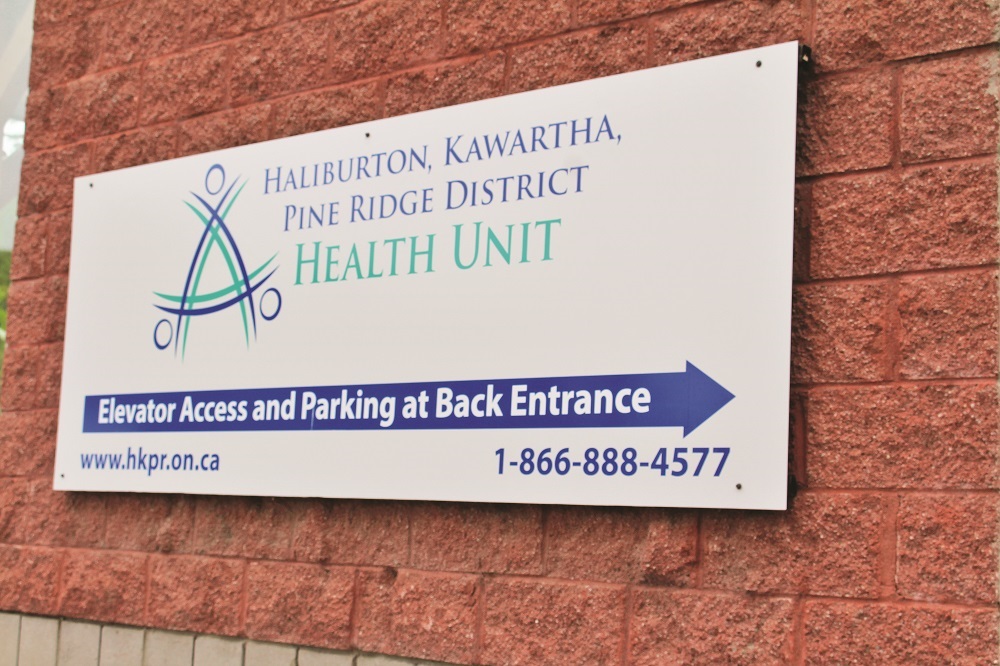The cost of maintaining a balanced, healthy diet was about $1,103 a month for most area households in 2022, according to a new report on food insecurity and poverty published by the Haliburton, Kawartha, Pine Ridge (HKPR) district health unit.
Sarah Tsang, a registered dietician and health equity coordinator with HKPR, told a Feb. 16 meeting of the health board the study found food insecurity was rife across Haliburton County, Kawartha Lakes and Northumberland County. It draws from Ontario’s ‘Nutritious Food Basket’, which consists of more than 60 commonly purchased, healthy food items. It doesn’t include non-edible essentials such as soap, toilet paper, toothpaste and other personal care items.
The report highlights the cost of healthy eating when compared to different household income scenarios.
“When families don’t make enough money, food is often the first thing they cut, so they can pay for other basic necessities such as rent, utilities, transportation and childcare,” Tsang said.
The report estimates 10.9 per cent of households across the region were food insecure in 2022. Tsang said food insecurity is defined as, “worrying about food running out, not getting the variety of foods needed to create a balanced diet, and going hungry by eating less, or skipping meals altogether.”
She said a surge in rental prices throughout the region was one of the main contributors. Running through the scenarios in the report, she said a family of four in Haliburton County with one adult earning minimum wage would bring in $3,973 per month. With rent coming in at $2,500 a month – covering 63 per cent of their monthly budget – and food costing $1,103, that leaves only $370 left for other basic needs.
The situation was bleaker for those living on OW and ODSP. Single adults on OW receive $863 a month. With rent for a onebedroom apartment averaging $950 in the County, and food costs pegged at $397, this leaves people $484 in the hole without accounting for other essentials.
Those on ODSP receive a maximum of $1,309 a month. With similar rental and food costs, that leaves them with a negative monthly balance of $38.
“From this, it’s clear to see that food cost is not the issue. We see how big a difference one’s income makes to their living situation… the lower the income a household makes, the more vulnerable they are to suffer food insecurity,” Tsang said. “Research shows that children living in food insecure households are more likely to have poor health. Adults are also more likely to report poor mental health, higher stress, and anxiety, and have higher risk for chronic conditions like diabetes and heart disease.”
Tsang said 25.9 per cent of households living in rental housing are food insecure – also true for 63.1 per cent of Canadians relying on social assistance.
While food bank usage is up in all communities across the HKPR region, Tsang noted those facilities and other operations, such as soup kitchens, do nothing to address the primary cause of food insecurity.
The HKPR board approved her request to write a letter to Premier Doug Ford, urging the provincial government to adopt income-based policy solutions to effectively reduce food insecurity. She noted it has been more than 20 years since Ontario has made major changes to its social assistance programs, while pegging the living wage across HKPR as $19.05 an hour.





